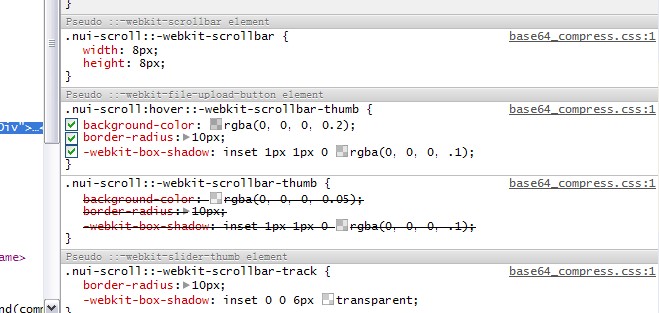感谢 大专栏 提供教程,本文转自 大专栏
如需要了解更详细信息请移步 大专栏
问题引出:
容器模块引用公司统一要求的父pom以后,springboot版本升级为1.5.14,其内置tomcat变更为8.5.31,启动不报错,发送特殊字符(中括号)Get请求报错:
java.lang.IllegalArgumentException: Invalid character found in the request target. The valid characters are defined in RFC 7230 and RFC 3986原因:
所有主要版本的Tomcat(7.0.73, 8.0.39, 8.5.7)都加入了对请求头字符的限制。
解决方案:
1. 妥协:前端对参数进行uriencode或springboot换容器。
2. 任何初始化代码中配置系统变量(有限制):
System.setProperty("tomcat.util.http.parser.HttpParser.requestTargetAllow", "{}");
原理是在org.apache.tomcat.util.http.parser.HttpParser类,125行静态初始化方法中:
String prop = System.getProperty("tomcat.util.http.parser.HttpParser.requestTargetAllow");
if (prop != null) {
for (int i = 0; i < prop.length(); i++) {
char c = prop.charAt(i);
if (c == '{' || c == '}' || c == '|') {
REQUEST_TARGET_ALLOW[c] = true;
} else {
log.warn(sm.getString("http.invalidRequestTargetCharacter",
Character.valueOf(c)));
}
}
}REQUEST_TARGET_ALLOW静态数组保存了请求字符是否被允许的状态,从代码中看出,这种方法只允许{}|三个字符过审。
3. 更优雅的定制化配置:
public class implements EmbeddedServletContainerCustomizer {
@Override
public void customize(ConfigurableEmbeddedServletContainer container) {
TomcatEmbeddedServletContainerFactory factory = (TomcatEmbeddedServletContainerFactory) container;
factory.addConnectorCustomizers(new TomcatConnectorCustomizer() {
@Override
public void customize(Connector connector) {
connector.setAttribute("relaxedQueryChars", "[]");
}
});
}
}原理是在同类的147 行代码构造方法里:
public HttpParser(String relaxedPathChars, String relaxedQueryChars) {
for (int i = 0; i < ARRAY_SIZE; i++) {
// Combination of multiple rules from RFC7230 and RFC 3986. Must be
// ASCII, no controls plus a few additional characters excluded
if (IS_CONTROL[i] || i > 127 ||
i == ' ' || i == '"' || i == '#' || i == '<' || i == '>' || i == '\' ||
i == '^' || i == '`' || i == '{' || i == '|' || i == '}') {
if (!REQUEST_TARGET_ALLOW[i]) {
IS_NOT_REQUEST_TARGET[i] = true;
}
}
/*
* absolute-path = 1*( "/" segment )
* segment = *pchar
* pchar = unreserved / pct-encoded / sub-delims / ":" / "@"
*
* Note pchar allows everything userinfo allows plus "@"
*/
if (IS_USERINFO[i] || i == '@' || i == '/' || REQUEST_TARGET_ALLOW[i]) {
IS_ABSOLUTEPATH_RELAXED[i] = true;
}
/*
* query = *( pchar / "/" / "?" )
*
* Note query allows everything absolute-path allows plus "?"
*/
if (IS_ABSOLUTEPATH_RELAXED[i] || i == '?' || REQUEST_TARGET_ALLOW[i]) {
IS_QUERY_RELAXED[i] = true;
}
}
relax(IS_ABSOLUTEPATH_RELAXED, relaxedPathChars);
relax(IS_QUERY_RELAXED, relaxedQueryChars);
}connector的配置参数会交给Http11Processor,其创建HttpParser时又传入到构造方法中,最后记录下来。IS_QUERY_RELAXED是判断传参字符是否合法的直接依据,从代码中可以看出REQUEST_TARGET_ALLOW是它的子集。

